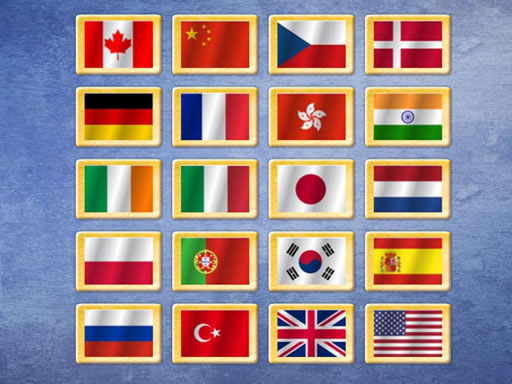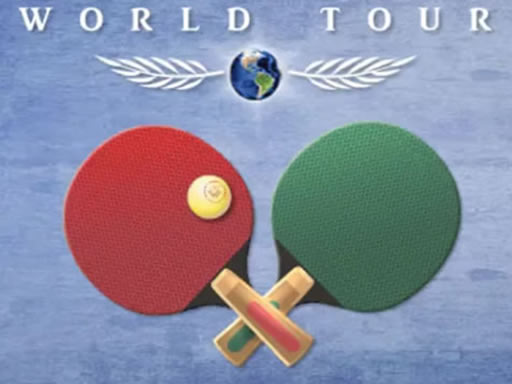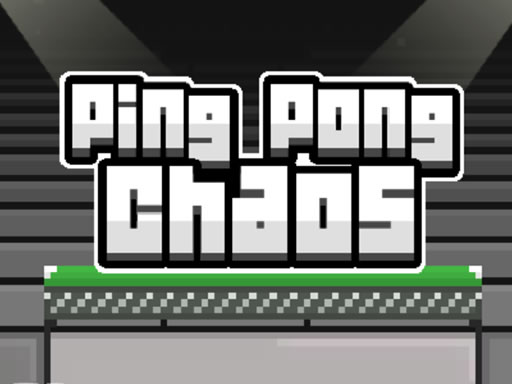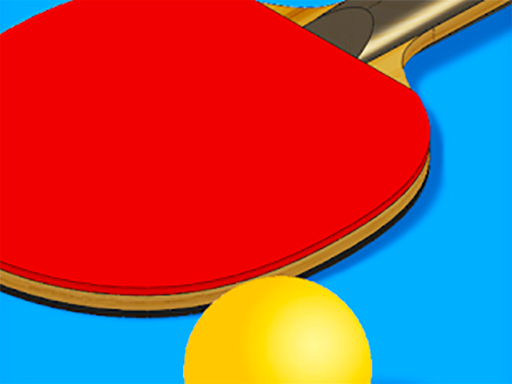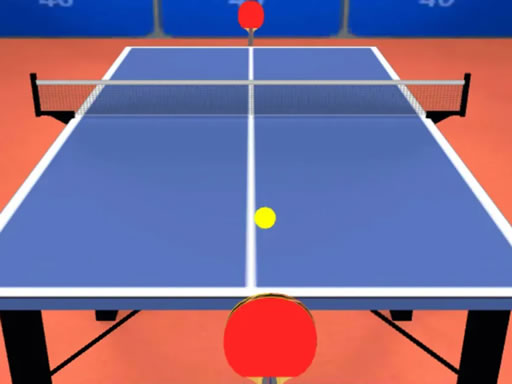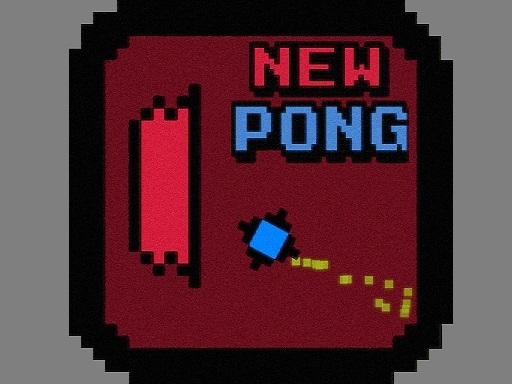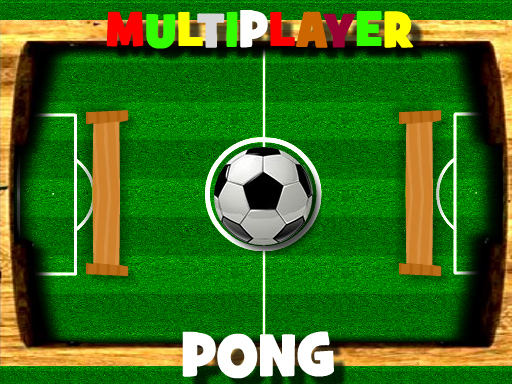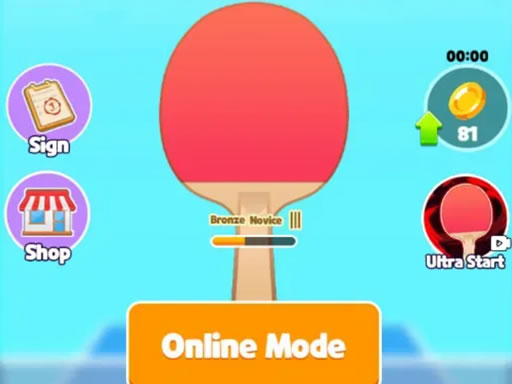Ping - pong (table tennis) serve rules are designed to ensure fairness and consistency in the game. Here are the main ones:
1. Server and Receiver Assignment
- At the start of a match, the serving player is determined by a coin - toss or other agreed - upon random method. The player who wins the toss can choose to serve first, receive first, or choose which end of the table to play from.
- In doubles, the order of serving and receiving is more complex. The serving side starts, and the receiving side designates a receiver. After every two serves, the serving side changes, and the receiving side also changes the player who receives the serve. The order of play must be maintained throughout the game.
2. Physical Execution of the Serve
- Ball Position and Toss:
- The server must hold the ball in the palm of the open hand, behind the end - line of the table and above the level of the playing surface.
- The ball must be tossed vertically upwards without spin, at least 16 cm (about 6.3 inches). The purpose of the toss is to give the opponent a clear view of the ball and a fair chance to anticipate the serve.
- Contact with the Ball:
- While the ball is descending, the server must hit the ball so that it first touches the server's half of the table and then, after passing over or around the net - assembly, touches the receiver's half of the table.
- In doubles, the ball must touch the right - hand half of the server's court and then land in the right - hand half of the receiver's court.
3. Visibility of the Serve
- The server must keep the ball visible at all times from the start of the toss until it is struck. This means that the server cannot hide the ball behind the body, clothing, or any other object during the serve. Hiding the ball during the serve is considered an illegal serve and results in a point for the opponent.
4. Faults (Illegal Serves)
- If the server fails to comply with any of the above - mentioned rules, it is considered a fault. Some common faults include:
- Failing to toss the ball vertically or tossing it less than 16 cm.
- Hitting the ball before it descends.
- The ball not touching the server's court first or not passing over or around the net - assembly correctly.
- Obstructing the view of the ball during the serve.
- In doubles, if the ball does not land in the correct half - court on either the server's or the receiver's side.
- When a fault occurs, the receiver is awarded a point. If the serve is a let (explained below), the serve is re - done.
5. Let Serves
- A let is called when:
- The ball, in service, touches the net - assembly and then falls correctly on the receiver's side of the table. In this case, the serve is re - done, and no point is awarded.
- The service is interrupted by an external factor, such as a disturbance in the playing area. The umpire may call a let, and the serve is re - played.
- For those who wish to play ping pong, check out this free Ping Pong game https://pingponggame.org that is simple and fun.
